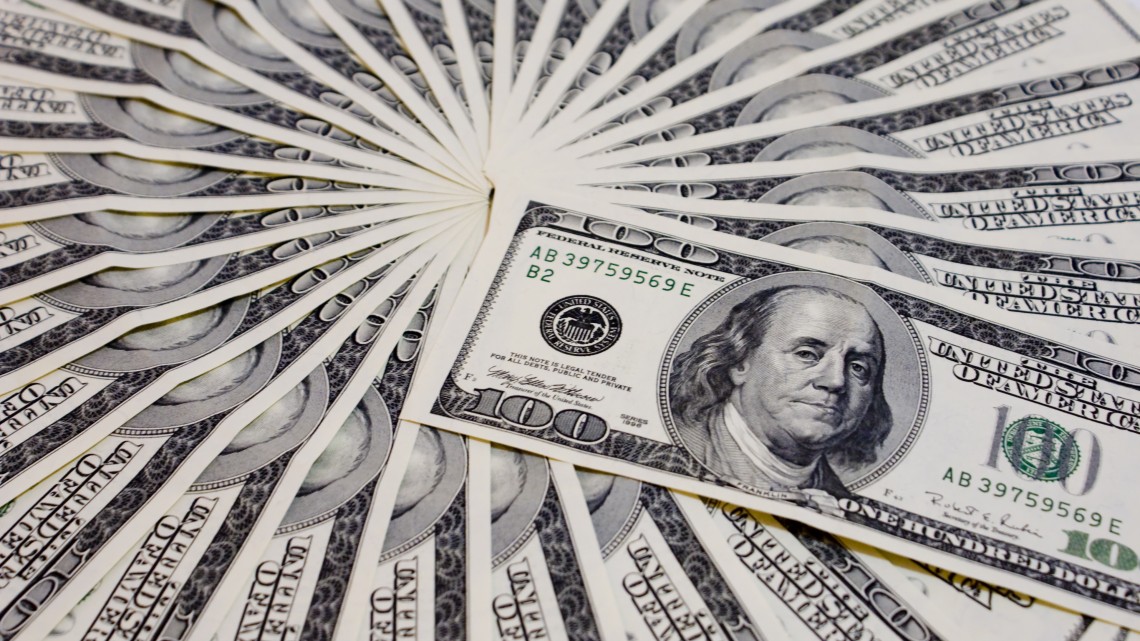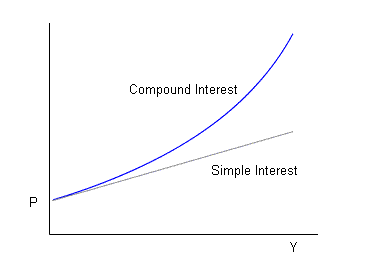Introduction
There is an age old saying that money doesn’t grow on trees but what if you could create a tree that over time would grow money? You must understand that I do not mean physically going into your garden and planting a money tree because obviously they don’t exist, but compounding is a technique that can emulate a money tree.
“Compound interest is the eighth wonder of the world. He who understands it, earns it … he who doesn’t … pays it.” – Albert Einstein
Many people may have learnt about compound interest in their years at school but never really paid attention because it was boring back then. I will try to make this lesson a bit more exciting… But what is more exciting than making money while you sleep?
What is compound interest?
In simple terms compound interest is interest added to an initial deposit or borrowing, thus earning or paying interest on that interest.
So say you have a bank loan for £10,000 at an interest rate of 10% over three years. The first year you will pay interest of £1,000, the second year you will pay interest of 10% on £11,000 (Initial £10,000 + Interest £1,000) meaning 10% interest payable of £1,100 and so on. So basically every year you are paying interest on your principal borrowing plus the interest which was due on that borrowing.
I am more worried about teaching you how to make money with compound interest rather than paying the money over on a loan.
How do I make money with compound interest?
The process of making money with compound interest works in the exact same way as borrowing money but in reverse. So what you are aiming to do is put down a principal amount of money and maybe top that money up monthly or yearly and earn interest on that money.
The key is to NOT withdraw the principal and to NOT withdraw the interest earned on the money. When you start seeing your money rise, it can be very tempting to withdraw the interest earned for a holiday or new pair of shoes. Resist this temptation and you will be able to make much larger purchases by the end!
There is no maximum or minimum amount when it comes to investing in compound interest; it can be any amount that is reasonable and affordable for you. However, there is one key element: The earlier you start, the more beneficial it will be!
The easiest way to explain the concept is with an example, so here it is…
Lets create two fictional people, Oscar and Pablo who are both aged 20. Lets assume they have an annual interest rate of 7%, for the purpose of this calculation we will ignore the time value of money.
At the age of 25 Oscar invests a lump sum of £2,000 and then £300 a month for the next 20 years. Pablo on the other hand waits until he is 35 to invest he also invests a £2,000 lump sum and £300 a month but for 30 years.
By the age of 65 Oscar and Pablo will have £622,482 and £368,044 respectively.
|
Total Deposited |
Interest Earned |
Total |
|
| Oscar |
£74,000 |
£548,482 |
£622,482 |
| Pablo |
£110,000 |
£258,044 |
£368,044 |
The table above shows that although Oscar invested less money and for 10 years less than Pablo, he has £254,438 more than Pablo at the age of 65. At the age of 65 Oscar will receive £40,723 worth of interest, Pablo will receive £23,968
The reason Oscar has so much more to his name by the age of 65 than Pablo is because he started much earlier, therefore allowing his money to compound for a longer period of time. Even when Oscar stopped depositing money at the age of 45 his money continued to compound until the age of 65. Not bad earning £40,000 a year for doing nothing, right?
The longer you allow your investment to compound the more interest you will earn year on year, the graph below illustrates this fact. The graph becomes steeper and steeper over time until it hits a point which is almost vertical, this is when the returns will become exponential.
How often does interest compound?
Interest can be compounded daily, monthly annually or at any point really; it depends on your investment. For example, a bank may pay interest monthly meaning your interest will compound month by month.
Interest rates
In the example above we assumed an interest rate of 7% a year, which in today’s terms may seem high but when talking about interest we are not just talking about bank interest on your current or savings account.
To achieve a higher rate of interest you may have to invest in stocks, shares, bonds or anything that will appreciate in value. Obviously when investing this money you must be cautious as stock prices can go down as well as up. Therefore a top tip would be to split your investment between lower risk and higher risk investments. Higher risk investments can have the lure of offering higher returns, but be sure to balance between the higher risk and lower risk so you don’t end up losing all. The lower risk investments will usually not provide as high of a return as the high risk investments, but they will most likely be more secure.
Summary
Compound interest is a very clever technique that can help you make more money. The key to making compound interest work is to not withdraw the principal or the interest and to be patient. The second key is to start as early as possible. So if you haven’t started yet, NOW is the best time. It will be worth it in the end.
I hope you have found this post interesting and informative, be sure to share it with your friends and family so they can start compounding too!
Author: Dillan Patel
I am a fashion enthusiast and the head of fashion at Bon Vita. My vision is to spread Good Vibes Only #GVO through the faculty of fashion.
I believe that looking good plays a critical role in feeling good; when you feel good you’re in a better state of mind to manifest your desires!
Follow my social sites:















